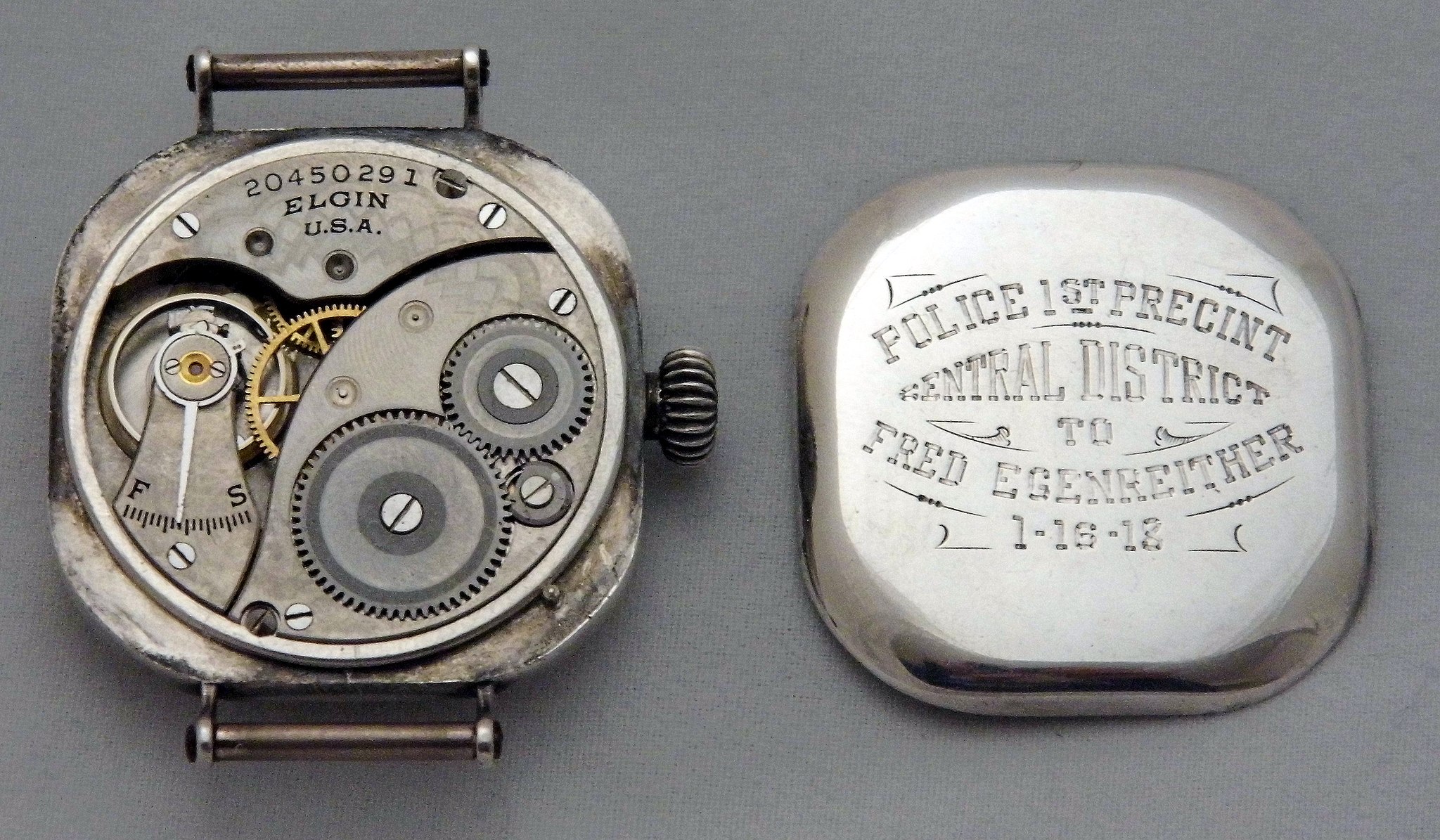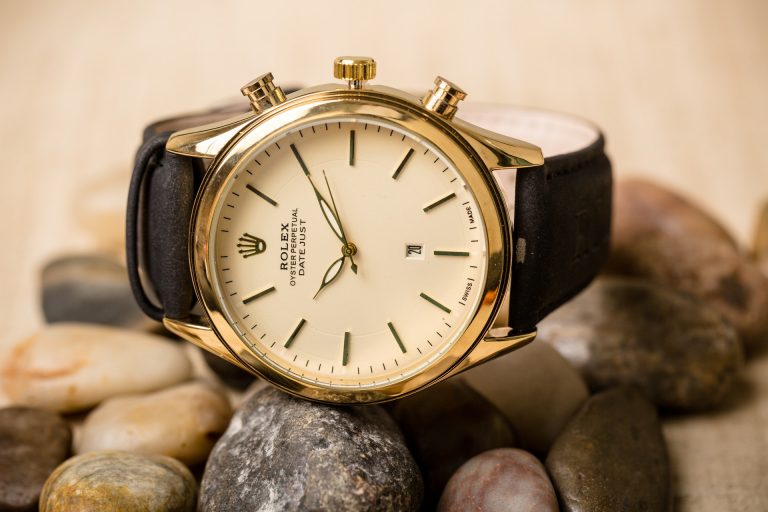Other than humans, all animals exist in the now, with no feeling of past, present, or future. Our awareness of time is, therefore, one of the essential traits that distinguish humans from lesser creatures. The ‘invention of time’ has influenced our world in many ways, especially in how we interpret our own lives and the passing of history.
In order to keep track of time, we devised precise methods of measuring it. Even today, we continuously attempt to improve, simplify, and expand. It is now common practice to use and wear sophisticated watches that indicate the time.
Many watch designs and technologies have come and gone over the years, and many watch companies have fallen by the wayside; yet some of the industry’s pioneers are still in business and doing pretty well. Wrist watches are considered the epitome of fashion accessories. Yet, since the invention of the increasingly pervasive smartphone, the necessity of a wrist watch appears to have diminished, or has it?
History of timepieces
Since the 1500s, people have carried about small timepieces on their person. Before that, it was just a pocket sundial! German watchmakers first created small spherical clocks worn around the neck in the early 1900s. For many years, the mechanical pocket watch was a stylish must-have.
The “Strap Watch” is a kind of wristwatch. According to historical records, Abraham Louis-Breguet (1747-1823), created the watch for the Queen of Naples on June 8, 1810. Patek Philippe created a wrist watch for Countess Koscowicz of Hungary in 1869. Wrist watches were considered a woman’s accessory throughout this period and for the following 100-120 years, being solely worn by women.

Success
You are now signed up for our newsletter
Success
Check your email to complete sign up
By the late nineteenth century, the military had come to appreciate the advantages of always having a watch “on hand.” Wrist watches saw a surge in popularity after World War II. It became both a necessary business tool and a priceless heirloom for the well-heeled guy.
The battle to produce a battery-powered watch rather than a mainspring was fierce in the American-made wrist watch market. Watch batteries were initially developed in 1954 by researchers at the Hamilton Watch Company for the Ventura, the world’s first electronic timepiece.
Battery-operated versus mainspring
Battery-operated watches function in conjunction with a quartz crystal, which is referred to as the quartz movement. The battery generates an electrical current that passes through the crystal, causing it to vibrate at a rate of around 32,000 vibrations per second. A vibrating crystal must be in use for the motor to run and the gears to turn the watch hands.
When a mechanical watch contains a hairspring (or mainspring) that is wound automatically by the wearer’s movements, it is referred to as self-winding or automatic. Motion is responsible for the watch’s operation, which eliminates the need for human winding. On the other hand, the watch must be worn regularly, or the battery reserve would be depleted within 36-72 hours.
An intriguing characteristic about automatic watches is that the second-hand glides freely across the dial, while a battery-operated or quartz watch produces a tick, and jumps as it hits the seconds,
The automatic watch
Swiss watchmaker Abraham-Louis Perrelet, created the first automated watch mechanisms. His mechanical watches used the wearer’s movement to power them for up to eight hours every day.
Automatic watches need more work on the part of the artisan than a quartz watch. The craftsmanship that goes into creating an automatic watch requires extraordinary accuracy and a great deal of understanding. Many collectors are drawn to the aesthetics of old wind-up watches, such as the Rolex Submariner or the Zodiac Sea-Wolf. When it comes to keeping track of time, automatics are pretty precise, although they may lose up to eight seconds every day in some instances. The amount of time lost will vary depending on the age and quality of the watch.
In terms of maintenance, self-winding watches should be oiled and serviced at least every five years. Unlike a quartz watch, there is never a need to change the battery; although if not worn regularly the power will be depleted and the watch will stop. There is no need for manual winding beyond the first 36 to 72-hour period, as long as it remains in motion. An automated winder machine can help ensure that your watch is kept in good working order.
Automatic watches remain the favored timepiece because they maintain traditional aesthetics, are convenience and very robust, need little maintenance, and have a finely detailed structure.
The battery-operated quartz watch
Battery-operated timepieces are often more cost-effective and efficient than automatics. Battery-powered watches lose just a few seconds each month or around one minute per year. Depending on the quality, it might only gain or lose 5 seconds every year.
These batteries have to be changed every 3–5 years. To avoid irreparable damage from Leakage, use high quality batteries, and change them before they expire. You can also find solar-powered watches that feature rechargeable batteries, which need to be recharged every 18 months.
Battery-operated watches are popular because of their low cost, low maintenance, and accuracy.
The mobile phone watch
As the technological era progressed, the watch industry was forced to keep up and embrace change. With the mobile phone, practically everyone has a super-accurate time gadget readily available in their pocket. Watches fell out of favor as a fashion accessory, and a new generation grew up without them. There have been attempts to change the trend using assistive technology, such as smartwatches. However, these devices remain specialized.
Still, even in the digital era, Switzerland has managed to maintain its reputation for high-quality mechanical watches, although more as high-end jewelry and status symbols than as clocks with extreme accuracy.
A timeless allure
One might then wonder, what makes almost half of the population wandering around continue to wear wristwatches?
There are a variety of justifications for wearing a timepiece. Wrist watches continue to be an “old school” fashion statement because they are made of high-quality materials and have a long lifespan. Wrist watches also have a secondary function, they are a fashion accessory, and convey the style and character of their wearer.
Some say a wristwatch has the added advantage of instant access to time, over rummaging through one’s purse or pockets for a phone. Besides, wristwatches are exclusive articles that do one thing: tell the time. It is their primary function, and they do it well, just as they were designed to do.
So, while fashions come and go, a classic watch never goes out of style.
The Clock of the Long Now
This clock is now under construction; the goal is to design and create a mechanical clock that would work correctly and accurately for at least 10,000 years, with the purpose being to indicate time in a fashion that would be understandable to any future civilization. Even though it is not as precise as an atomic clock, it is an excellent illustration of the long-term perspective on the significance of timekeeping that we humans are now beginning to adopt.














